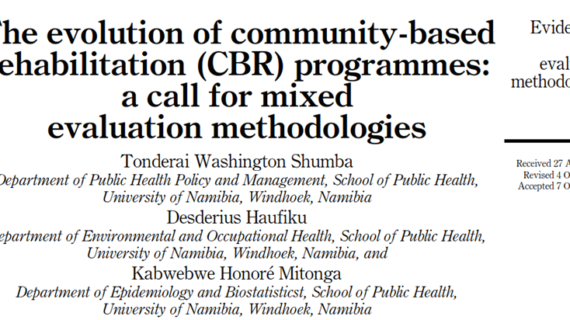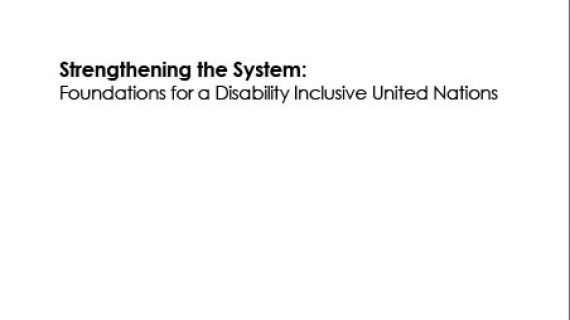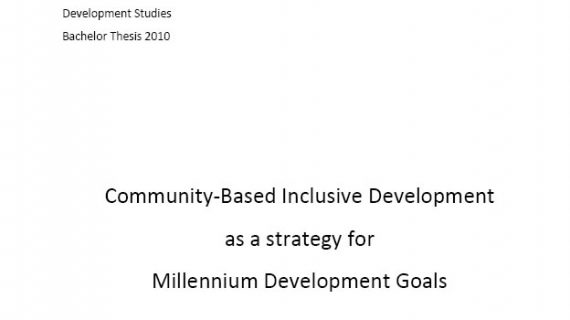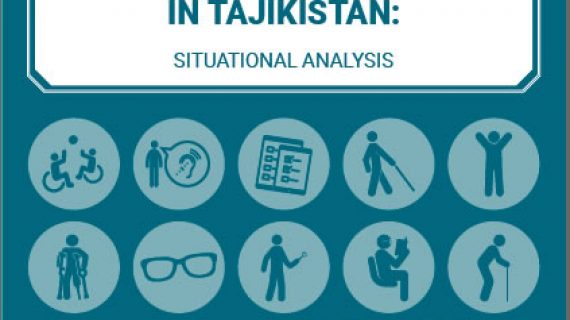CASE STUDY OF THE MYOELECTRIC CONTROLLED TRANSRADIAL PROSTHESES IN THE COMPREHENSIVE COMMUNITY BASED REHABILITATION CENTRE IN TANZANIA
CASE STUDY OF THE MYOELECTRIC CONTROLLED TRANSRADIAL PROSTHESES IN THE COMPREHENSIVE COMMUNITY BASED REHABILITATION CENTRE IN TANZANIA.
Duriya Mufaddal Esmailjee
Weza Prosthetics and Orthotics, Dar-es-salaam, Tanzania, United Republic of
BACKGROUND
Upper limb amputees generally experience greater challenges with functional independence and cosmesis. Thus, a myoelectric prosthesis offering appearance without having to sacrifice functionality or vice versa, may be ideal for an upper limb amputee in Tanzania.
No literature is seen to support the use and acceptance of myoelectric upper limb prostheses in Tanzania, although by the 1980s, myoelectric upper limb prostheses were being used in rehabilitation centres around the world and today, they are a common option for the amputees.
AIM
This study was an attempt to assess the use and acceptance of the myoelectric controlled transradial prosthesis of four transradial amputees at the Comprehensive Community Based Rehabilitation Centre in Dar-es-salaam.
METHOD
Four trans-radial amputees who fit into the study criteria were recruited through purposive sampling at CCBRT, Dar-es-salaam.
Ethical clearance was obtained from KCMU College research committee and each participant signed a consent form before the study was conducted.
Data was obtained through interview, pictures and videos. A qualitative questionnaire guided the interview
six months after the participants obtained their new prosthesis. Training on how to use the muscles to open and close the terminal device was provided.
The finished prosthesis was then fitted to the individual participants and more training was given before they took their
prosthesis home for use in their daily living activities.






